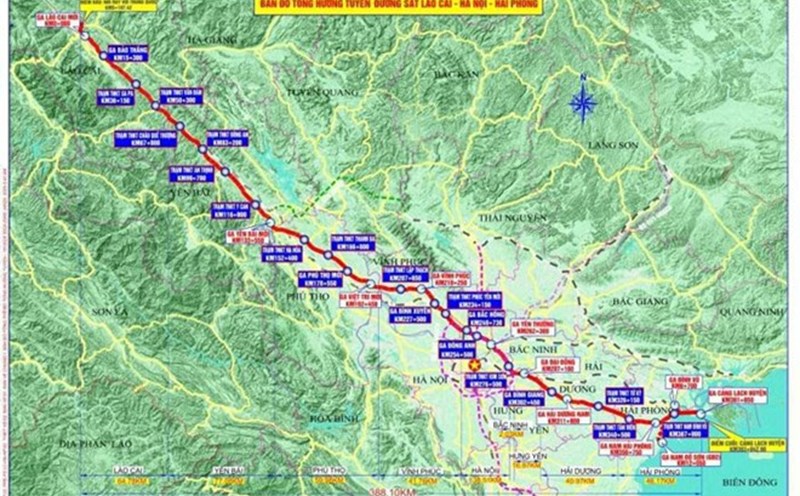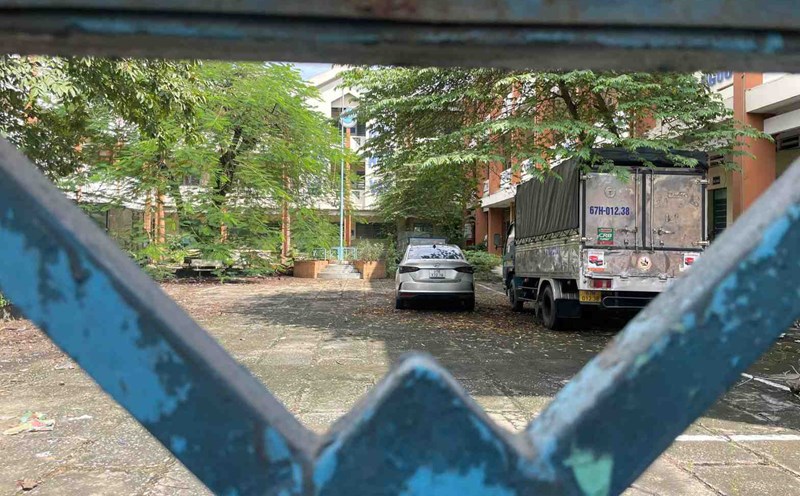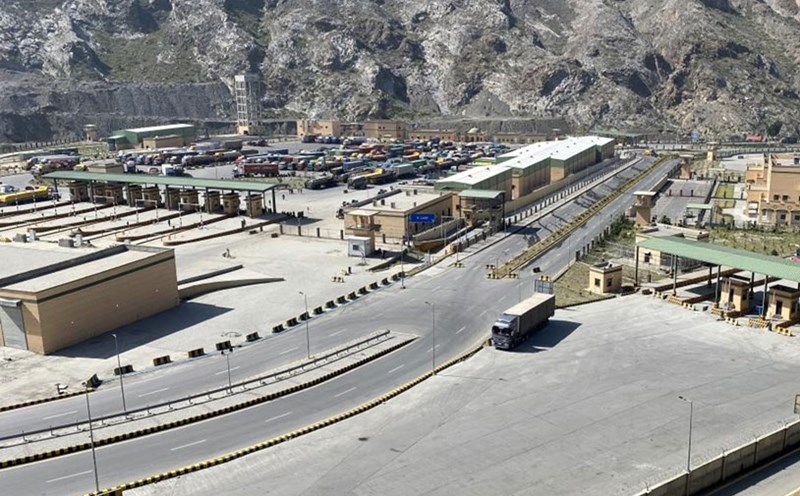The Ministry of Home Affairs has submitted to the Government a draft Resolution of the National Assembly Standing Committee on the arrangement of administrative units.
Regarding the budget for implementing the arrangement of administrative units, the draft Resolution clearly states that the State budget allocates funding for implementing the arrangement of administrative units.
To support and facilitate localities in implementing administrative unit reorganization, the draft Resolution stipulates that the central budget provides one-time support for localities to receive additional budget balances with a rate of 100 billion VND for one province reduced after the merger; 500 million VND for one commune reduced after the merger.
The Ministry of Home Affairs proposes that this budget source will be allocated to the local budget in 2026.
According to the Ministry of Home Affairs, implementing the conclusions of the Politburo on "merging some provincial-level units, not organizing at the district level, merging some commune-level units", it is expected that there will be 52 provincial-level administrative units subject to arrangement.
Of these, there are 4 centrally-governed cities including: Hai Phong, Ho Chi Minh City, Da Nang, Can Tho.
48 provinces include: Ha Nam, Hung Yen, Vinh Phuc, Bac Ninh, Thai Binh, Hai Duong, Nam Dinh, Ninh Binh, Bac Kan, Thai Nguyen, Phu Tho, Bac Giang, Hoa Binh, Tuyen Quang, Lao Cai, Yen Bai, Ha Giang, Ninh Thuan, Quang Tri, Phu Yen, Quang Binh, Quang Ngai, Khanh Hoa, Dak Nong, Tay Ninh, Binh Duong, Binh Thuan, Binh Phuoc, Ba Ria - Vung Tau, Ben Tre, Bac Lieu, Vinh Long, Hau Giang, Tra Vinh, Tien Giang, Soc Trang, Dong Thap, An Giang, Long An, Ca Mau, Quang Binh, Dak Lak, Dong Nai, Gia Lai, Kon Tum, Lam Dong, Tien Giang.
It is expected that 11 provincial-level administrative units will remain, including: Hanoi City, Hue City, Lai Chau, Dien Bien, Son La, Cao Bang, Lang Son, Quang Ninh, Thanh Hoa, Nghe An, Ha Tinh.
Regarding the improvement of the organizational apparatus and application of specific regimes and policies of administrative units formed after the reorganization, according to the submission, the maximum number of cadres, civil servants and public employees of the new provincial-level administrative unit after the reorganization must not exceed the total number of cadres, civil servants and public employees present at provincial-level administrative units before the reorganization.
The maximum number of cadres, civil servants and public employees of the new commune-level administrative unit after the reorganization does not exceed the total number of cadres and public employees present at the commune-level administrative units before the reorganization and the number of cadres, civil servants and public employees at the district level assigned to work at the new commune-level administrative unit.
This number will gradually decrease within 5 years from the date of the resolution on the arrangement for each administrative unit taking effect.











